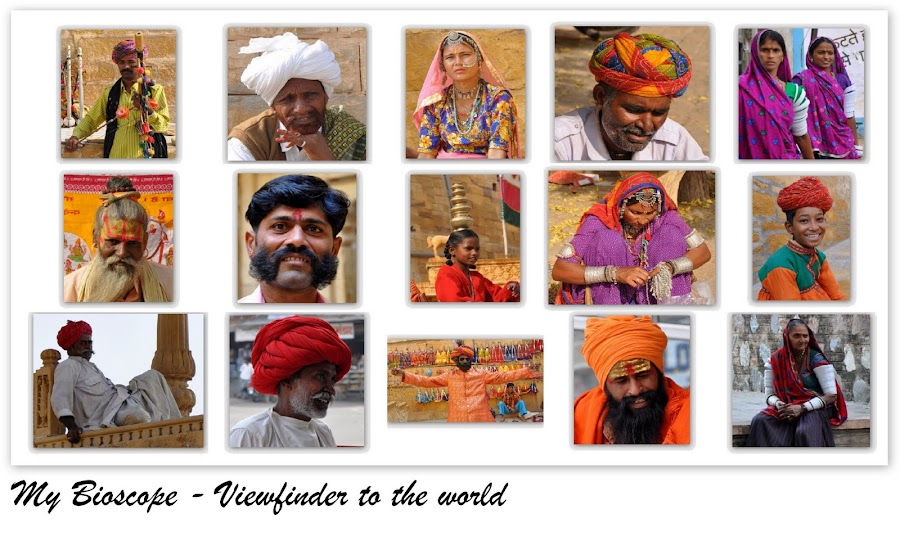Update (dated 18 April 2010)
Would like to quote from an article "How green was my city" that appeared in today's Time's of India (Mumbai edition) -
"SPROUTS founder Anand Pendharkar says the innate features of Mumbai can back up the fight to save its biodiversity. For one, he says, the city, which is situated in a biodiversity hotspot like the Western Ghats, is the only one in the world to have a national park within its limits, apart from rivers, creeks, hills, lakes, four types of forests (mixed deciduous, moist teak, mangrove and sup-tropical hill) and nearly 300 species of birds, 150 species of butterflies, 60 species of snakes and 52 species of mammals. Mumbai has a unique cultural and natural heritage, he says.
But over the years, with rapid urbanisation and the lack of climate-resistant governance, several species of birds like the Grey Hornbill and Red Whiskered Bulbul that made Mumbai their home, are a rare sight now. The population of the Common House Sparrow is depleting, nearly 80% of our frogs have been poached under our noses and now Bullfrogs and Tree Frogs sound like creatures found in zoos, he says. Our beaches were once a nesting ground for sea turtles. Dolphins,which were occasionally sighted off Mumbai’s beaches, also played a vital role in conservation by saving sea snakes and crabs by entangling them in a web but not consuming them.
The road-widening project along the Western Express Highway, Pendharkar says, has resulted in coral trees being wiped out, and the toll now includes birds called Rosy Pastors. With the filling up of the Uran wetlands, hundreds of species of migratory waders from the Arctic will starve and die or go back without nutrition from benevolent Mumbai, leading to poor breeding and eventual extinction in their summer habitats, he says."
Original post (dated 21 March 2010)
"There is nothing in which the birds differ more from man than the way in which they can build and yet leave a landscape as it was before." - Robert Lynd, Blue Lion and Other Essays
The yellow footed green pigeon (above) is the State bird of Maharashtra.
The two bee-eaters (above) do not seem to be on talking terms!
Mumbai, despite being a concrete jungle, has quite a few bird watching sites - in and around. One can find a comprehensive list of these sites over here:
http://birdinginbombay.blogspot.com/. However, some of these spaces are fast disappearing (as I noted in one of my earlier posts too). One of the recent casualties has been the mud flat of Uran (Sign a petition to protect Uran wetlands -
http://www.thepetitionsite.com/1/save-uran-wetlands).
As Robert Lynd went on to add "Let a thousand men set up their houses in a wood, and the wood becomes a hideous small town. Let a thousand birds settle in the same wood, and it will take a skilled eye to find twenty of them, save for the black patches made by the rooks in the elms. Had man but this power of building out of sight, how delightful a piece of nature would be the home counties of England!"
Apart from this, restrictions on photography are being placed at several locations owing to terror threats. These things may have made life difficult for bird enthusiasts, but have certainly not dampened their spirits.
For those who are not excited about travelling a mile to spot a bird can do so even from the confines of their home. One has to only look. I have, thus far, spotted the following birds from the windows of my house - black kite, green bee-eater, coppersmith barbet, house sparrow, house crow, large billed crow, drongo, rock pigeon, rose ringed parakeet, Eurasian golden oriole, Asian koel, Oriental magpie robin, purple rumped sunbird, cattle egret, red vented bulbul, white throated kingfisher, common myna, etc.































